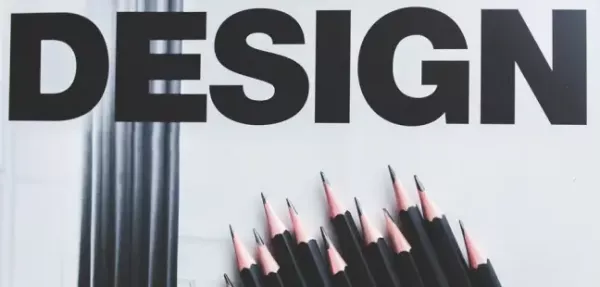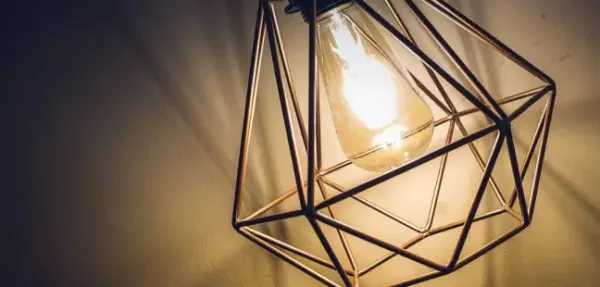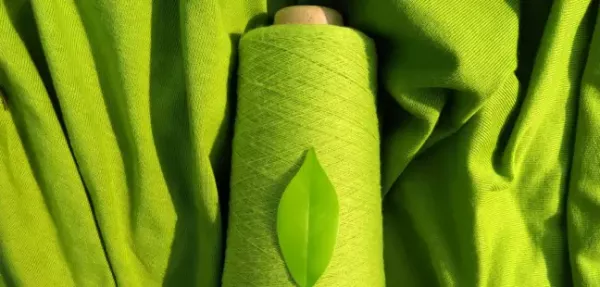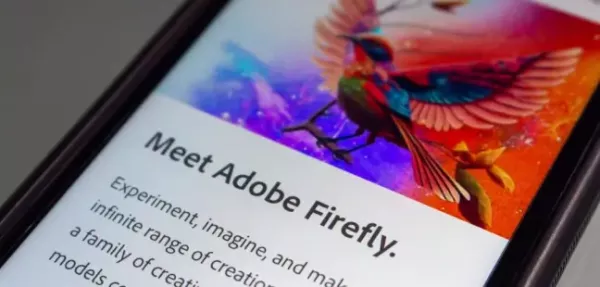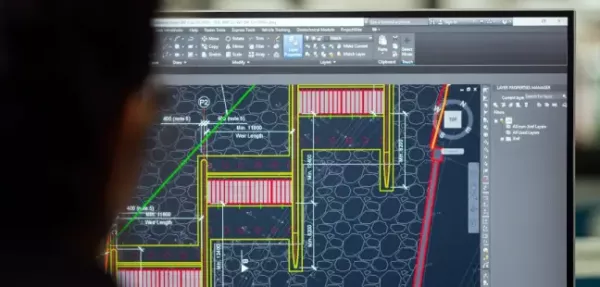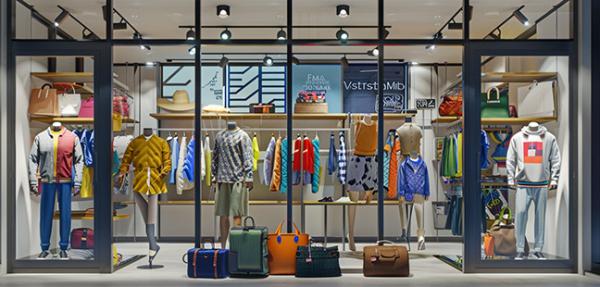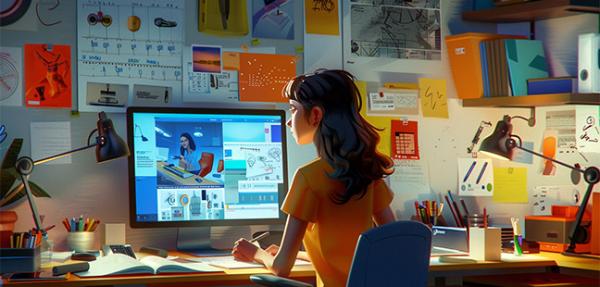Learn About Product Design and Development
- Pearl Academy Editorial Team
- Published 01-Feb-2025
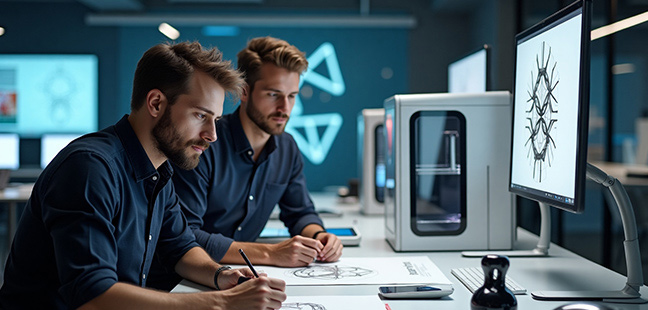
Table of Contents:
What Is Product Design and Development?
Similarities Between Product Design and Development
Product Design and Development Process
Product Design vs Product Development Comparison
Course Structure & Comparison
Skills Acquired Through Product Design and Development Programs
Importance of Product Design vs Product Development
Salary Comparison
Industries to Work In
Key Aspects to Consider Before Choosing
Which Is Better: Product Design or Development?
Conclusion
In today’s competitive landscape, product design and development are at the core of creating innovative, user-friendly, and market-ready products. From designing a sleek smartphone to developing its technical capabilities, these interconnected disciplines drive innovation in industries like technology, manufacturing, and retail.
If you’re curious about how products evolve from ideas to reality or seeking a career that merges creativity with technical expertise, understanding product designing and development is a great first step. Let’s explore what this field entails and why it’s a rewarding career path.
What Is Product Design and Development?
Every product we use, from our phones to our furniture, is the result of product design and development. This process involves crafting products that are functional, aesthetically pleasing, and meet user needs.
| Aspect | Focus | Example |
| Product Design | Focuses on how the product looks, feels, and functions from the user’s perspective. It’s about creating product design ideas that resonate with consumers. | Designing a stylish yet ergonomic chair. |
| Product Development | Brings the design to life through engineering, manufacturing, and testing. It ensures the product is viable and performs as intended. | Developing the chair’s frame to withstand weight and wear. |
Understanding these roles is key to appreciating their synergy in bringing innovations to the market.
Become future-ready with our Product Design Programs
Know MoreSimilarities Between Product Design and Development
Despite their differences, these disciplines share common goals and methods. Both aim to create products that are innovative, user-centric, and market-ready.
- Collaboration: Designers and developers often work together, exchanging ideas and feedback.
- Problem Solving: Both address challenges, whether it’s improving usability or ensuring manufacturing feasibility.
- Creativity: Both fields require out-of-the-box thinking to stay ahead of market trends.
Understanding these overlaps highlights the importance of integrating design and development for successful projects.
Product Design and Development Process
The product design and development process are a structured approach that takes an idea from concept to completion. Here’s an overview of the key stages:
| Stage | Key Activities |
| Ideation and Research | Identifying user needs and market gaps.
|
| Conceptualization | Sketching, creating wireframes, and developing prototypes.
|
| Design and Prototyping | Using tools like CAD to create detailed designs. Building prototypes for testing and validation. |
| Development and Testing | Engineering the product based on the approved design. Testing for performance, durability, and usability. |
| Production and Launch | Manufacturing the product on a large scale. Launching it in the market with a focus on marketing and distribution. |
Each stage requires collaboration between designers, developers, and marketers to ensure the product meets user expectations and business objectives.
Product Design vs Product Development Comparison
Understanding the distinction between product design and product development is crucial for individuals and businesses involved in creating innovative solutions. Here’s how they compare:
| Aspect | Product Design | Product Development |
| Definition | Focuses on creating the conceptual framework, aesthetics, and user interface of a product. | Focuses on technical execution, manufacturing, and delivery of the product. |
| Primary Goal | Enhancing usability, appeal, and user experience. | Ensuring functionality, performance, and durability. |
| Key Activities | Ideation, sketching, prototyping, user research. | Engineering, production planning, testing, and quality assurance. |
| Tools Used | CAD software, design tools like Adobe XD, sketchpads. | Technical software, testing equipment, manufacturing tools. |
| Outcome | A concept or prototype ready for further development. | A market-ready product that meets industry standards. |
Both product design and product development are interdependent, working in tandem to ensure a product is both innovative and functional.
Course Structure & Comparison
When it comes to studying product designing and development, the right course can make all the difference. Whether you're a beginner or an experienced professional, programs like those at Pearl Academy cater to various needs.
B.Des in Product Design (Undergraduate Program)
This 4-year program focuses on building foundational skills in design thinking, prototyping, and research. It is perfect for students who want to dive into the world of product design development after completing high school.
M.Des in Product Design (Postgraduate Program)
This 2-year program delves deeper into advanced techniques, innovation strategies, and project management. It’s ideal for graduates or professionals seeking to specialize in design and development.
Both programs emphasize experiential learning, making students industry-ready from day one.
Skills Acquired Through Product Design and Development Programs
The right education equips you with the skills necessary to excel in product designing and development. These include:
- Creativity: Generating innovative product design ideas.
- Technical Proficiency: Using tools like CAD for creating prototypes.
- Problem-Solving: Addressing user challenges and refining products.
- Team Collaboration: Working with engineers, marketers, and developers.
- Market Understanding: Analyzing trends and consumer behavior for better design decisions.
These skills ensure that you’re prepared for the dynamic demands of the product design industry.
Importance of Product Design vs Product Development
Both product design and product development are essential, but they serve distinct purposes:
Importance of Product Design
- User-Centric Approach: Ensures the product meets user needs and preferences.
- Competitive Edge: Creates unique and visually appealing products that stand out in the market.
- Sustainability: Incorporates eco-friendly practices and materials into the design phase.
Importance of Product Development
- Technical Feasibility: Ensures the product functions as intended.
- Cost Efficiency: Streamlines production processes to reduce costs.
- Market Readiness: Prepares the product for mass production and distribution.
Key Insight: While product design focuses on "what" the product will be, product development answers "how" it will be brought to life. Both are critical for delivering successful products that resonate with users and drive business growth.
Salary Comparison
Salaries in product designing and development vary based on experience, industry, and specialization. Here’s a glimpse:
| Role | Entry-Level Salary | Mid-Level Salary |
| Product Designer | ₹4-8 LPA | ₹8-15 LPA |
| Development Engineer | ₹5-10 LPA | ₹10-18 LPA |
| Design Consultant | ₹6-12 LPA | ₹12-20 LPA |
These figures highlight the lucrative opportunities available in the industry.
Industries to Work In
Graduates skilled in product design and development can work across multiple sectors, including:
- Technology: Developing gadgets, IoT devices, and software interfaces.
- Consumer Goods: Designing products for everyday use.
- Automotive: Innovating vehicle interiors and exteriors.
- Healthcare: Creating user-friendly medical devices.
Each industry offers unique challenges and opportunities for growth.
Key Aspects to Consider Before Choosing
Before enrolling in a program, consider these factors:
- Your Interests: Are you more inclined towards creativity or technical execution?
- Career Goals: Which industries or roles excite you the most?
- Program Curriculum: Does the course offer the specializations and skills you’re looking for?
- Industry Exposure: Look for programs with internships and real-world projects.
Choosing the right course sets the foundation for a successful career.
Which Is Better: Product Design or Development?
The answer depends on your strengths and aspirations:
- Choose Product Design if you enjoy creativity, ideation, and aesthetics.
- Choose Product Development if you’re passionate about technical problem-solving and execution.
Both are equally rewarding and often overlap in professional environments.

Student Guidance Center: Our Counselors are Just a Click Away.
Conclusion
If you’ve always envisioned yourself designing stunning outfits, curating fashion collections, or influencing global trends, pursuing a B.Des in Fashion Design is the first step toward turning your dream into a reality. This degree provides you with the technical know-how, creative confidence, and industry connections needed to thrive in the fashion world. Take that leap, hone your skills, and get ready to see your designs light up the runway!
Pearl Academy Editorial Team
Tags
- #Product Design
Pearl Admission Enquiry
Subscribe to Pearl Blogs
By clicking the "Subscribe" button, I agree and accept the privacy policy of Pearl Academy.






